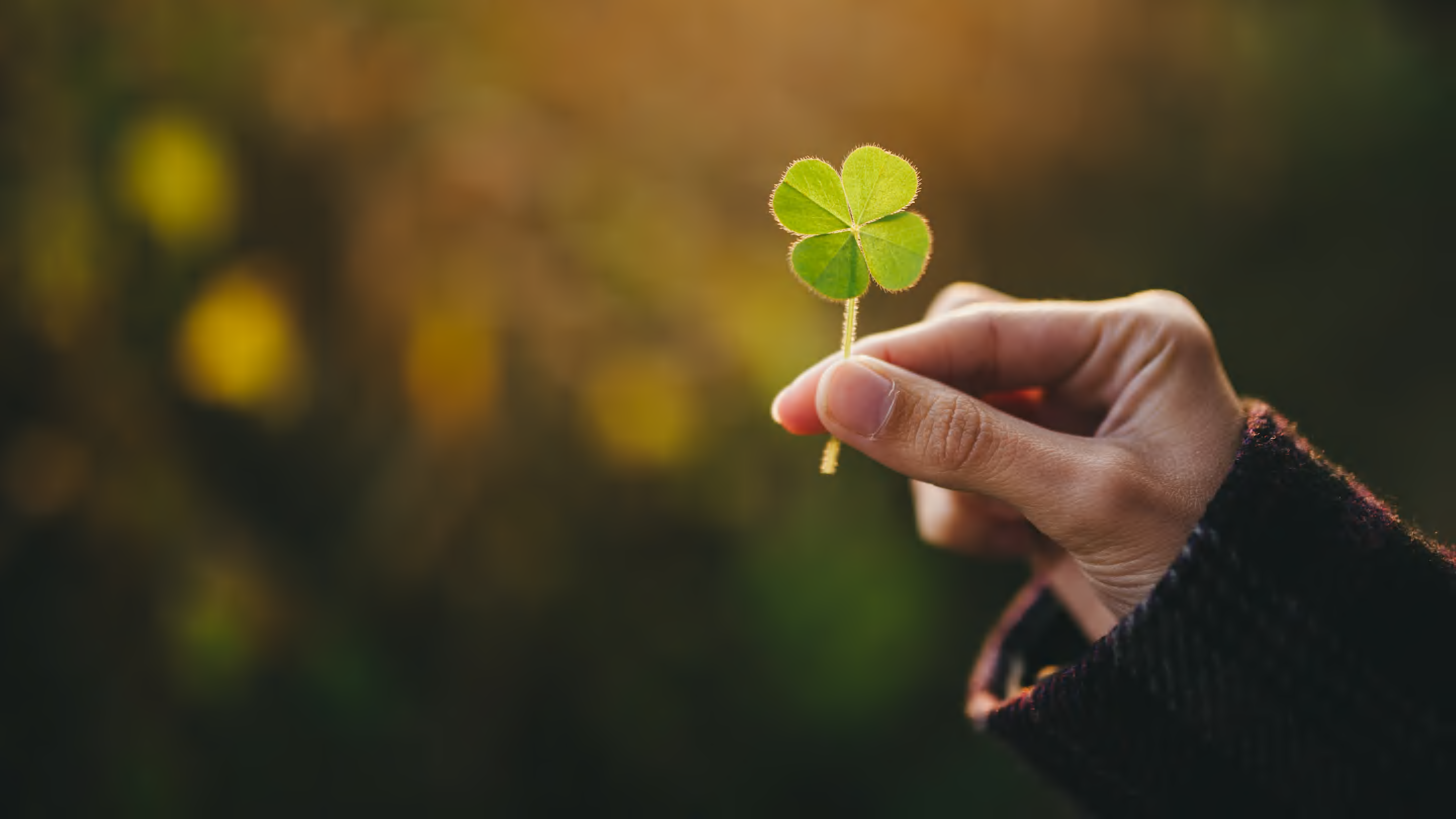“The Surprising Secret Behind Why Four-Leaf Clovers Spark Incredible Luck!”
Have you ever found yourself plucking through the grass, eyes peeled for that elusive four-leaf clover, half-hoping for luck and half-wondering if you’d just end up with a sore back instead? The four-leaf clover—gleaming with promise—has long been a beacon of good fortune, capturing the imagination of many. Yet, much like that friend who shows up to the party with a mysterious plus-one, it seems to create a bit of confusion with its three-leaf cousin, the shamrock. The latter has been entwined with St. Patrick’s Day lore, while the four-leaf version is all about luck and rarity. If you’ve ever asked yourself why this little green wonder is deemed so lucky, then you’re in for a treat! So, grab your magnifying glass and let’s dig into the fascinating world of clovers and the mythology that surrounds them. LEARN MORE.

The shamrock, also known as the three-leaf clover, has been an emblem of St. Patrick’s Day for centuries. Legend says it became a symbol when Saint Patrick (then a bishop) used it to refer to the Holy Trinity of the Father, the Son, and the Holy Spirit. While the shamrock mainly has religious ties, the four-leaf clover—often mistaken for the same plant—is often associated with luck. But why is that?
How rare are four-leaf clovers?
One thing that makes the four-leaf clover a lucky charm is its rarity. The chances of stumbling across one are typically about one in 10,000—much less likely than seeing a shamrock. And why is this the case? It’s all about genetics.
The extra-leaf trait in the common clover happens because of an extremely rare mutation. It’s a recessive gene that’s passed down in clover chromosomes, which have four packages. This means that rare traits are even harder to come by compared to organisms with only two chromosomes. The four-leaf characteristic will only show if all four chromosomes have the mutation. Temperature, soil conditions, and other environmental factors can also prevent the fourth leaf from showing. As a result, it’s difficult not to feel lucky upon finding a four-leaf clover (though the plant usually grows in clusters, so if you find one, you may spot another as well).
The plants can grow more than four leaves, too. As the BBC reported, one 2017 survey found that the chances of finding a five-leaf clover are one in 24,000; other sources suggest a one-in-a-million chance. The Guinness World Record for the clover with the most leaves belongs to Yoshiharu Watanabe‘s 63-leaf clover. The gardener used cross-pollination to create a clover with as many leaves as possible.
The Mythology Behind Four-Leaf Clovers
Rarity isn’t the only reason four-leaf clovers are considered lucky. Several aspects of Celtic culture also influence its association with good fortune. According to Better Homes & Gardens, its symbolism is deeply rooted in Irish history and mythology. Celtic priests, known as Druids, used shamrocks to uncover evil spirits and escape from them. Meanwhile, four-leaf clovers were used for protection against magic spells and bad luck. Children also believed they’d be able to see fairies if they held a four-leaf clover. The clover does not only stand for good fortune; it also represents faith, hope, and love.
Read More About Plants:



















